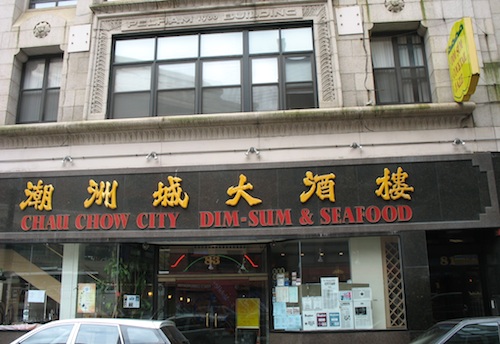


It wasn’t until this time that information on dim sum in Boston started appearing. The Boston Globe on Jan. With the advent of the 1970s, dim sum gained popularity with non-Chinese people and gained much more press, usually very positive. The New Yorker Magazine on Augwrote about the Nom Wah Tea Parlor, mentioning that it was “a so-called ‘blob joint,’ which serves blobs, or balls, or meat, fish, vegetables, and dough, prepared in the Nom Wah Bakery, next door.”
Dim sum boston cart series#
The Daily News in New York on Mahad a request from a reader interested in “finding an authentic Chinese ‘blob’ joint.” The newspaper then noted that “a blob meal consists of an endless series of differently stuffed dumplings.” The newspaper answered the question a few weeks later, noting that blob joints were also called Sim Dum, dim sum, or Dem Sem. 20, 1946 discussed the Nom Wah Tea Parlor in New York City, stating one of items served was “dim sum, a yellow cup made of egg noodle filled with chopped pork and Chinese vegetables.”ĭuring the early 1950s, dim sum restaurants in New York City started to gain publicity, though they also acquired a nickname that lasted into the early 1960s. For example, the Knoxville News-Sentinel on Oct. Tiffin is an older word which referred to a “light meal.”ĭuring the 1940s, it seems that many people thought dim sum was a specific food item, not a type of meal. The advertisement, shown above, noted that Fong In featured famous “dim sum” Chinese tiffin. The earliest newspaper reference I found to dim sum was in The San Francisco Examiner on Dec. It is possible that dim sum was initially something available primarily to the Chinese community, so they did not advertise to non-Chinese people. However, there were not any newspaper references about dim sum at these spots during the 1920s and ’30s. Both of these restaurants are still open. was the Hang Ah Tea Room in San Francisco, which opened in 1920, closely followed later that same year by the Nom Wah Tea Parlor in New York City. It’s alleged that the first dim sum restaurant in the U.S. are murky, with little hard evidence supporting some of the historical claims. When did dim sum first come to the U.S.? What was the first dim sum restaurant in Boston’s Chinatown? Its origins in the U.S. You might have your own favorite dim sum spot in Chinatown, or maybe elsewhere.

Sometimes you order off a menu, selecting from a long list of intriguing choices. But the flavor was worth the struggle so I recommend you try these.The delights of dim sum! Numerous trolley carts of bamboo steamers with bao, dumplings, and other dishes are pushed around the room, and you simply point at the dishes you want. The rice flour wrappers were a little gelatinous and I found them tough to pick up with chop sticks. Instead the filling definitely included big cubed pieces of seasoned water chestnuts that provided an enjoyable crunch. Pork with peanuts steamed dumplings – These dumplings were really delicious, although I am not sure if they actually contained any peanuts. We tried the pork with peanuts steamed dumplings, the shrimp with spinach dumplings and the steamed juicy pork buns. The Dumplings: As would be expected in a Dim Sum house the Windsor has an extensive list of dumplings. The restaurant helpfully supplies a menu with pictures and numbers that correspond to the check boxes on the card.

The Windsor doesn’t provide the traditional Dim Sum experience of ordering food from little carts that are pushed by the staff from table to table, instead the waiters provide cards listing all the dishes and you put check marks next to what you want. The reviews on Yelp indicate that Windsor Dim Sum Cafe is the best Dim Sum house in Boston’s Chinatown, and my informal polling of people on the street in Chinatown seems to back that up.


 0 kommentar(er)
0 kommentar(er)
